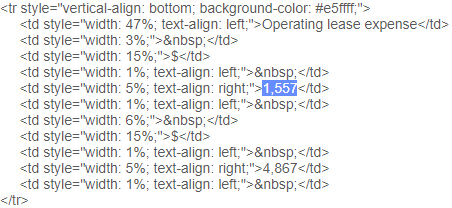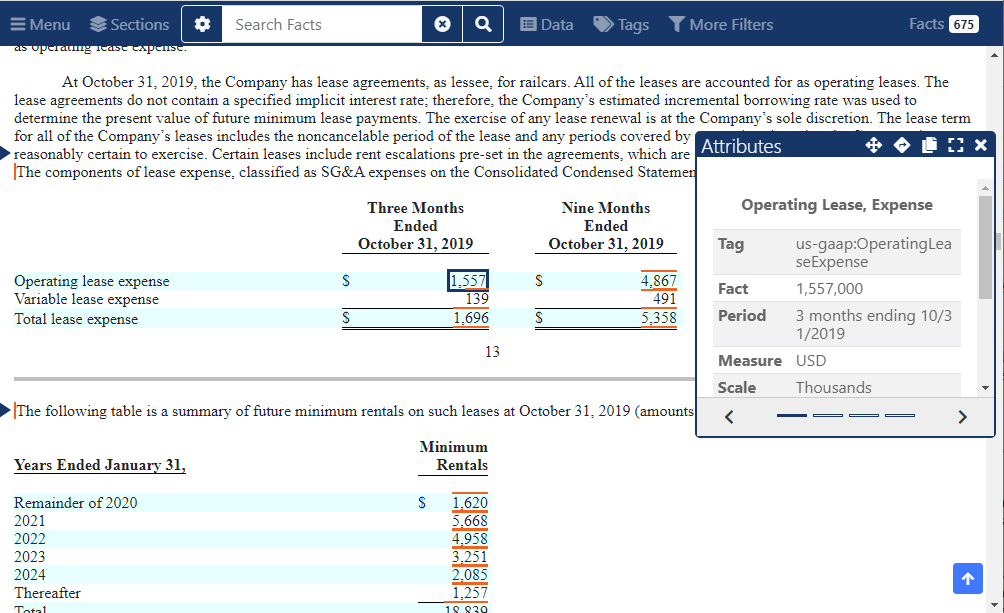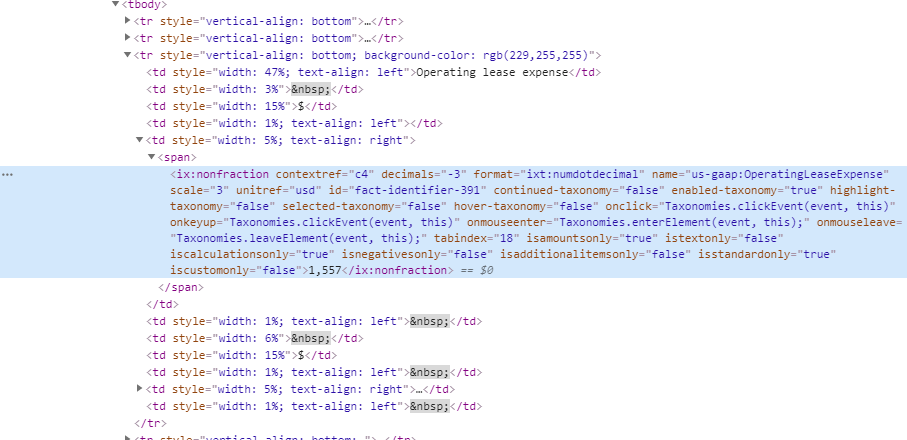You may be familiar with XBRL (eXtensible Business Reporting Language), but are you up to date on the newer reporting format iXBRL (Inline XBRL)?
The SEC (Securities and Exchange Commission) is constantly making and updating reporting regulations, and it is important for companies to keep up with the latest changes. One of those major changes is the switch in the reporting standard from XBRL to iXBRL. Although iXBRL is derived from XBRL and they have some significant similarities, they have some differences that are important to know.
XBRL : An XML Framework for Financial Reporting
XBRL has been the standard format for SEC business reporting since 2009. Filings in XBRL are used for everything from business registrations to quarterly financial reports. XBRL is a machine-readable, XML-based framework, which uses standardized taxonomies to organize and categorize data in SEC filings. Each of these standardized taxonomies includes a set of financial concepts and defines the relationships among those concepts. XBRL connects the facts within the filing to the concepts defined in the taxonomy.
iXBRL: Combining HTML and XBRL
On June 28, 2018, the SEC adopted amendments requiring the usage of iXBRL, which is being phased in over a three year period. Here at CompSci we’re excited about the new standard because the iXBRL data format combines the EDGAR HTML and XBRL, resulting in one single document that is both human readable and machine readable.
To fully illustrate this difference lets compare how one number is included in the filing in HTML/XBRL compared to iXBRL.
HTML TABLE |
 |
|
This is how a table currently is presented in human readable format in the HTML document. For our purposes let’s track the number 1,557 |
HTML SNIPPET |
 |
|
Here you can see the underlying HTML tags used to format and present the number 1,557 in the table |
XBRL SNIPPET |
 |
|
Here you can see the underlying XML tags used in the XBRL instance document to represent the number 1557000. |
TABLE IN THE INLINE PREVIEWER |
 |
|
In iXBRL all of this is combined, so when we view the filing in the SEC Inline Previewer, we see the HTML presentation decorated with the XBRL information. |
COMBINED HTML/XBRL IN INLINE PREVIEWER |
 |
|
Here you can see that the XBRL tags are embedded in the HTML tags, combining both the presentation and the financial tagging information |
iXBRL : Differences from XBRL
Beyond the obvious difference of combining the HTML and XBRL, with the new iXBRL file being based on XHTML, there are some technical differences that you should know.
- Some HTML tags are no longer valid.
- Certain HTML attributes are no longer valid.
- Certain HTML tags such as <br> and <hr> must be self closing.
iXBRL has a few major advantages over traditional XBRL tagging, even though it's functionally extremely similar. But there are some trade-offs to iXBRL, too.
Benefits of iXBRL:
- Combining the HTML and XBRL into iXBRL returns control of the presentation and formatting of the financial data to the filer, while still allowing the data to be machine- readable.
- Reduction in time and cost, since you can review the XBRL and HTML at the same time.
- Remove incentive to spend time on adjusting already valid XBRL tagging to accomodate for how the SEC Previewer visualizes the XBRL data.
- Eliminates risk and liability of having differences between your HTML and XBRL exhibits.
iXBRL trade-offs:
- Learning curve to understanding differences between iXBRL and XBRL.
- Elimination of the grace period between filing of the HTML and XBRL for certain filings such as 485BPOS.
- Visualizing iXBRL is a moving target due to the SEC making frequent updates to their Inline Previewer.
- Data points that are included in the iXBRL but not present in the actual text are “hidden facts” and will require education.
Transitioning from XBRL to iXBRL
While all filers must eventually transition from XBRL to iXBRL due to the SEC’s phase-in approach, companies can transition to iXBRL now and take advantage of iXBRL’s benefits . If you are already familiar with XBRL, the learning curve is minor, compared to the benefits of changing now.
It’s also a good time to determine if your SEC filing software is the right platform for your needs, and simplify your filing process. Companies don't necessarily need to train their employees on all the ins-and-outs of XBRL and iXBRL tagging. Software solutions such as the Transform™ are provide automatic conversion of XBRL taggings to iXBRL, and allows organizations to leverage the power of iXBRL without a large investment of time or money.
iXBRL ultimately improves upon XBRL by providing a human-readable and machine-readable document in a single format. Through the right software solutions, companies will be able to use iXBRL to meet SEC filing requirements while simultaneously providing a much clearer picture of their financials to the public. If you're looking for ways to leverage the power of iXBRL, contact our experts at CompSci Resources.





